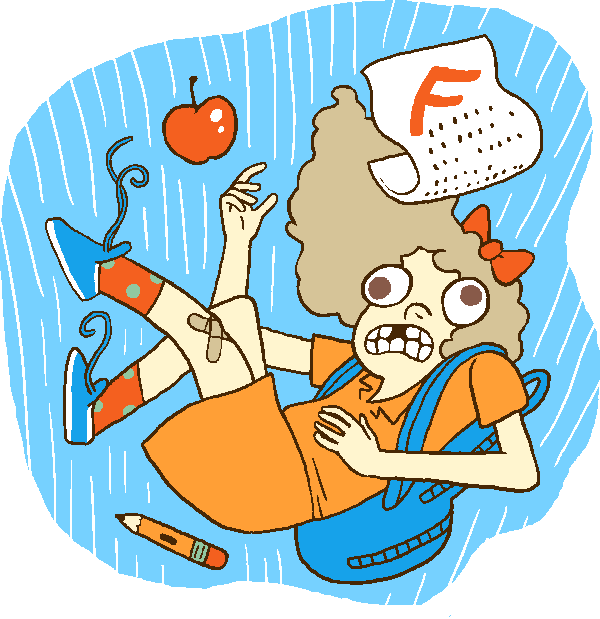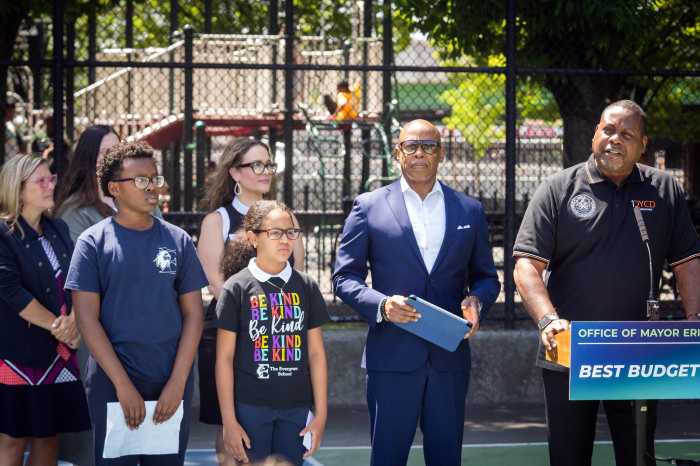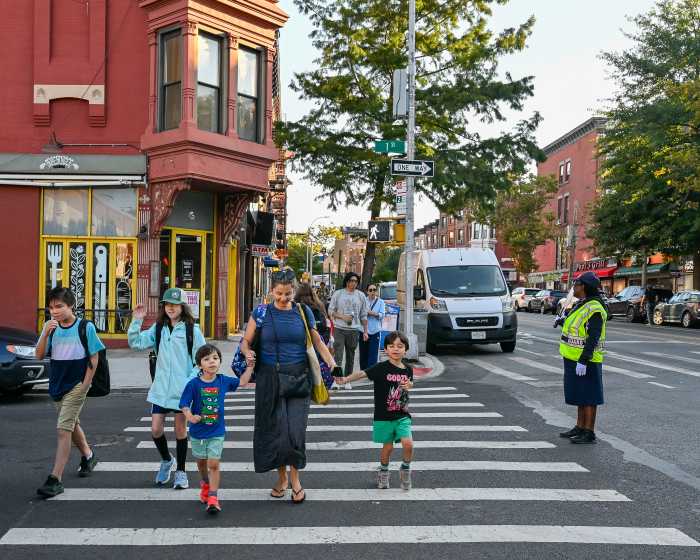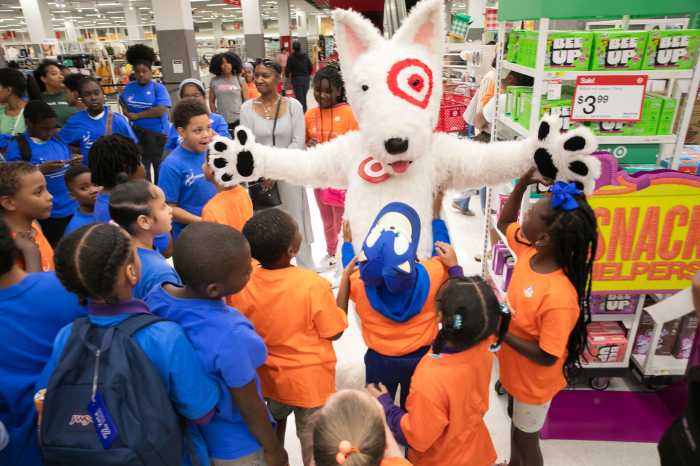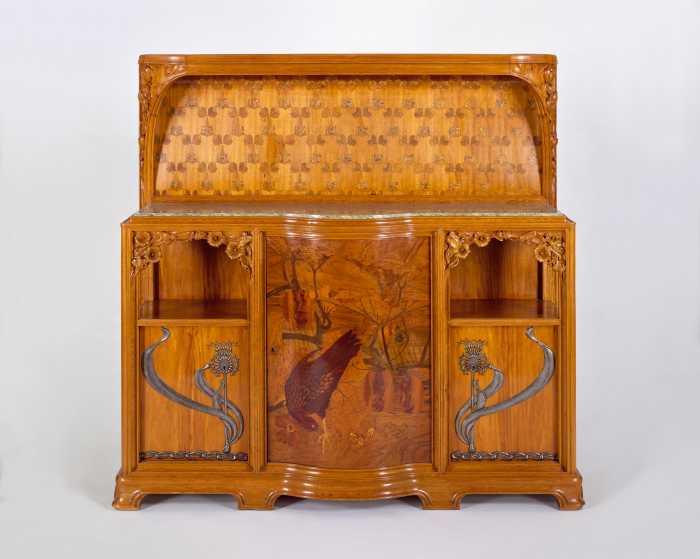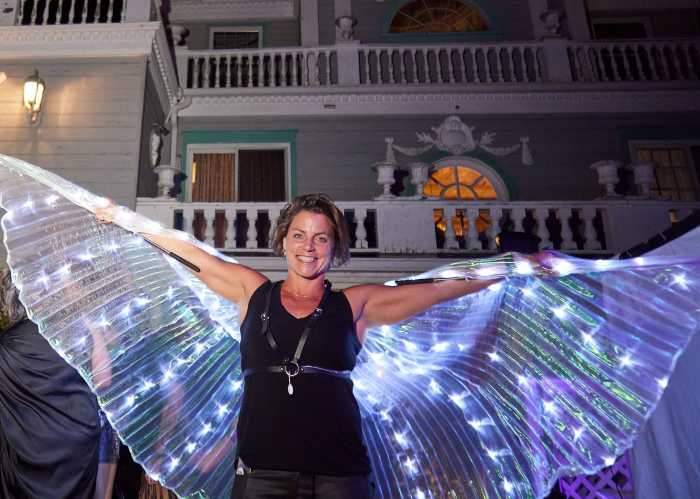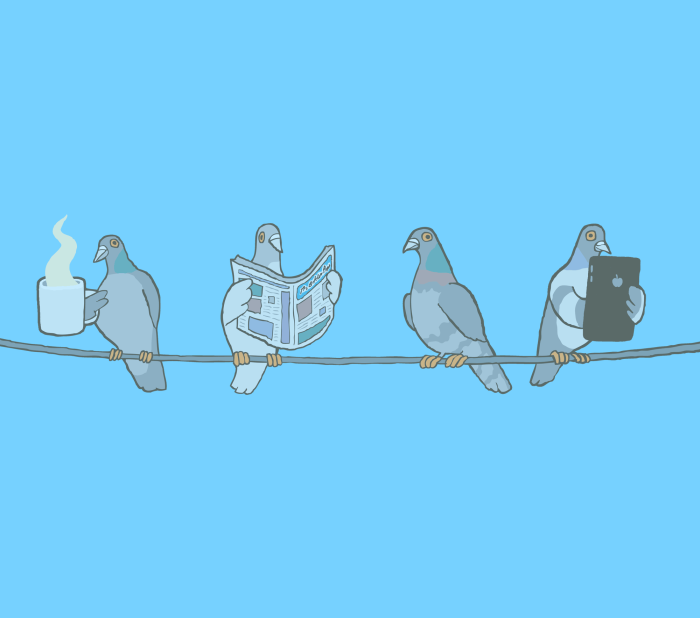The other day, my broken 14-year-old looked up at me from the bath, his shattered leg hanging off the edge of the tub, and jagged stitches exposed on his left arm where the plate went in after his horrific skiing accident.
“I’m starting to have some PTSD,” he said. “I can’t stop thinking about it.”
My stomach dropped and I cleared my throat against the acidic taste that suddenly rose up.
“What part?” I asked. “The accident itself or…”
I didn’t go through all of it, the many pains and indignities he’d suffered in the aftermath of his skiing fall two week ago, but he got it.
“I guess all of it?!” He shrugged. “What do I do?”
Ugh. Dreaded day. Being asked for advice on how to deal. I tried to throw a few things out there.
“Stay in the moment,” I said. “Meditation is about not looking back or forward.”
He rolled his eyes.
“But I can’t not think about it, I can’t help it.”
I nodded.
“Try to picture beautiful things instead,” I said. “It’s called ‘creative visualization.’ ”
He started to glaze over, and I stopped.
Ugh. I was really bad at this. As many years as I’ve spent working with traumatized kids from shelters and foster care, as many different approaches as I’ve taken and hired others to take, having my own child suffer a trauma and trying to help him through it is tough.
Then, like a one-two punch, my 16-year-old’s close friend died, suddenly, hit by a car crossing the street. I had just brought him to see her, in Boston. It was unfathomable, terrible. It made no sense.
Grief suddenly surrounded us.
So what are the things that help people get through traumatic times? What could help my son?
I wrote them down:
1. Love.
I realize the very best thing I can do is focus on loving and supporting him, and to help him focus on all the love and support around him. That seems paramount. Sometimes, that love — shown in your eyes, in your touch, in your voice — is almost all you can do.
2. Listen, and don’t judge.
“Should” or “shouldn’t” is always a giveaway that you’re headed down a dangerous path. I just needed to shut up and listen, for once. The desire to offer solutions to the impossible-to-answer question of “Why do terrible things happen?” is misguided. I have no answer. No one does. Just let him express himself.
3. Express, in all the magnificent forms.
Words — talking, writing — can work. I sent my son some grieving poems I found online and suggested maybe he wanted to write one of his own.
But when words don’t work, there’s:
Music. Beautiful or even bad music, it doesn’t matter. Listening is good, but playing music is even more cathartic. Drums, tambourines, harmonicas, cups and spoons, guitars, pianos, vocals, even clapping of hands. There is something amazingly healing about creating rhythm that offers balance and some inner harmony.
Art. There are pens and pencils and paints and crayons to create visual images that can explicate our mind. There is chalk, and clay, and plaster and tape and candle wax, and beads and sticks, and glue and yarn. There are so many ways to visually, tactile-y express emotions.
Movement. The body is an instrument of emotion, connected along all of its pathways to the mind. We can stretch it this way and that, lengthen and reach for the stars. We can walk along the crowded sidewalks, or the sandy beach, or deep into the woods. We can run fast into the cold wind, or jog slowly in the sun. We can dance. It’s an awesome release.
Yummy food. We’ve spent a small fortune on Starbucks Caramel Frappuccinos for the boy. Nothing quite like whipped cream to make a kid feel better. And then, of course, there are the Tate’s chocolate-chip cookies one set of grandparents has bought, and homemade oatmeal-raisin another has sent from afar, and the mountain of candy and snacks some caring friends brought by.
A school counselor I spoke to said there isn’t a one-size-fits-all approach to handling traumatic situations or grief. And experts agree on this one thing: There’s no “one thing.” It starts with love and listening, and the approaches that follow will be unique to each child, just like they are to us adults in our own approaches to dealing with the crazy crap life hands us.
But how comfortable we are expressing ourselves matters.
“Modeling that emotions are okay is the most important thing,” said Sean Grover, a New York City psychotherapist and the author of parenting guide “When Kids Call the Shots.”
He noted that most of us didn’t grow up this way because past generations tended to stash away difficult things. But Grover said learning to set a family tone where all feelings are shared and valued helps kids feel less alone.
“Accept, and model, and listen,” he said. “That’s what you can do.”
Hands in prayer, all the best of luck to you with your own acceptance, modeling, and listening.
All we can do is do our best.


